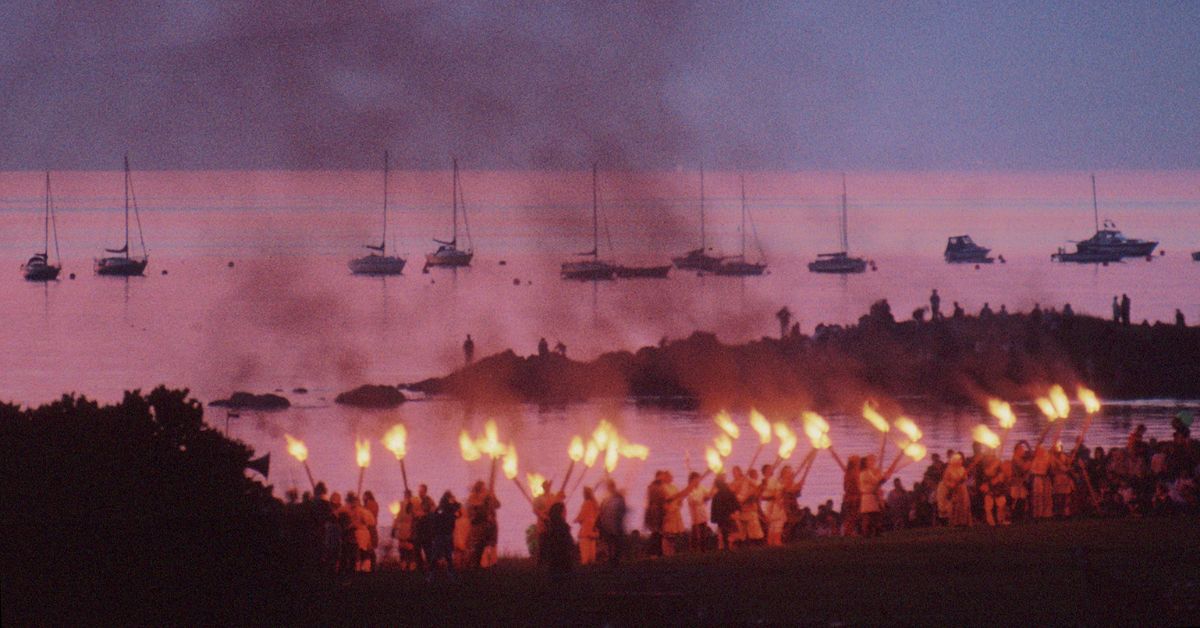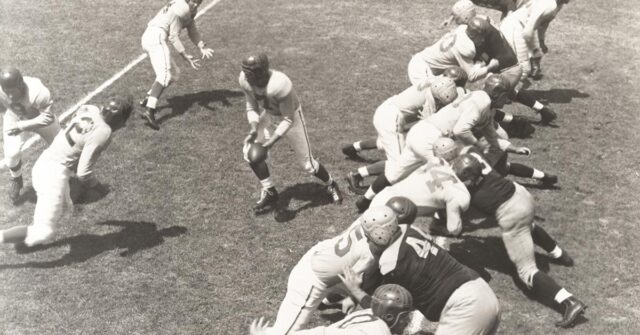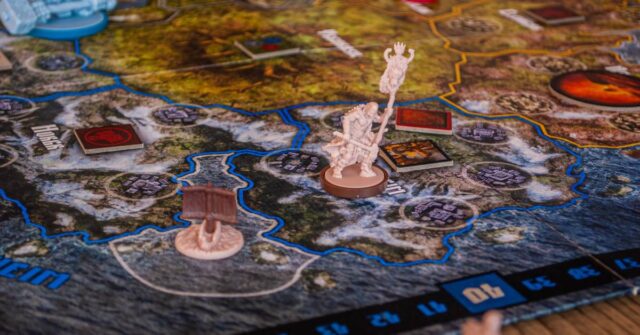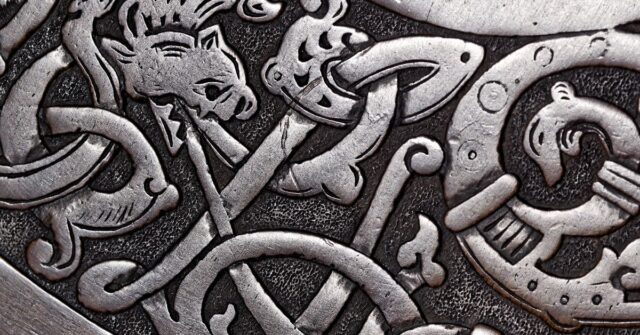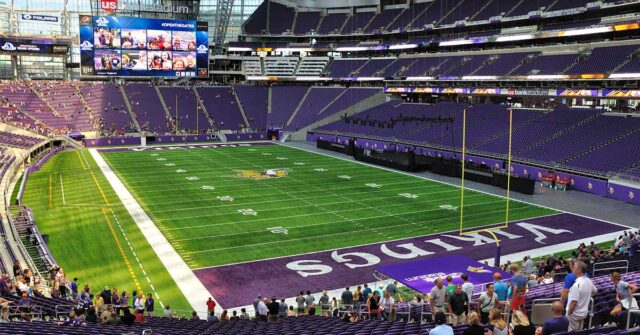Viking festivals are immersive experiences that transport participants back to the Norse era, celebrating the rich history and culture of the Vikings.
Whether you are a history buff, a culture enthusiast, or simply looking for an exciting new adventure, this guide will help you navigate the vibrant world of Viking festivals.
Introduction
Welcome to our comprehensive guide on celebrating a Viking festival.
These events are not just gatherings; they are vibrant reenactments of the past, filled with authentic activities, food, and entertainment.
By the end of this guide, you’ll be ready to dive into the world of Viking festivals with confidence and enthusiasm.
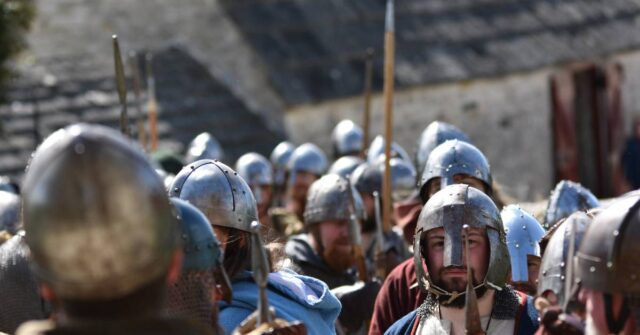

Welcome to the Viking Age
Imagine stepping into a bustling Viking village, the air filled with the sounds of traditional music, the clang of swords, and the chatter of traders.
Viking festivals offer this unique opportunity to experience history firsthand. You’ll witness reenactments of battles, taste authentic Viking cuisine, and even try your hand at ancient crafts.
What to Expect at a Viking Festival
Viking festivals vary in scale and focus, but they all aim to recreate aspects of Viking life.
Expect to see historical reenactments, market stalls selling handmade goods, traditional Viking feasts, and a host of family-friendly activities.
These festivals are designed to be educational and entertaining for all ages.
Historical Context
Understanding the historical background of Viking festivals enhances the experience.
These festivals are rooted in the rich and adventurous history of the Norse people, known for their seafaring skills, exploration, and vibrant culture.
The Origins of Viking Festivals
The tradition of Viking festivals dates back to the Viking Age (793–1066 AD), a period marked by Norse exploration and expansion.
These festivals celebrate the legacy of the Vikings, their mythology, and their impact on the regions they explored and settled.
Significant Viking Festivals Around the World
Several major Viking festivals are held around the world, each offering a unique glimpse into Viking culture.
Notable festivals include the Jorvik Viking Festival in York, England, the Iceland Viking Festival in Hafnarfjörður, and the Sheringham Viking Festival in England.
Each of these festivals has its own charm and historical significance.
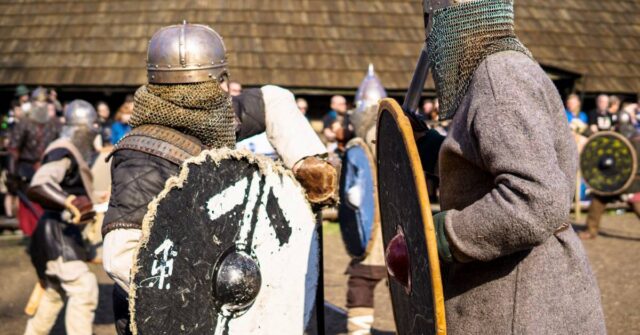

Preparing for the Festival
Proper preparation is key to enjoying a Viking festival to the fullest. From planning your trip to deciding what to wear, these tips will help you get ready for the adventure.
When and Where to Go
Viking festivals are typically held in locations with historical ties to the Norse people. Most festivals occur during the summer months, although some, like the Jorvik Viking Festival, take place in winter.
Check the festival’s official website for specific dates and locations to plan your visit accordingly.
Travel and Accommodation Tips
Book your travel and accommodation well in advance, as Viking festivals can attract large crowds. Consider staying in local guesthouses or campsites to fully immerse yourself in the experience.
Public transport options are usually available, but renting a car can provide more flexibility.
What to Wear: Embracing Viking Attire
While casual clothing is acceptable, dressing in Viking attire can enhance your festival experience. Consider wearing tunics, cloaks, and accessories like helmets and shields.
Many festivals offer costume rentals or purchase options, making it easy to join in the fun.
Festival Activities and Events
Viking festivals are packed with activities that bring history to life. From reenactments and demonstrations to traditional crafts and feasting, there’s something for everyone.
Historical Reenactments and Demonstrations
One of the highlights of any Viking festival is the historical reenactments. These events feature actors in authentic costumes performing detailed demonstrations of Viking battles, daily life, and rituals.
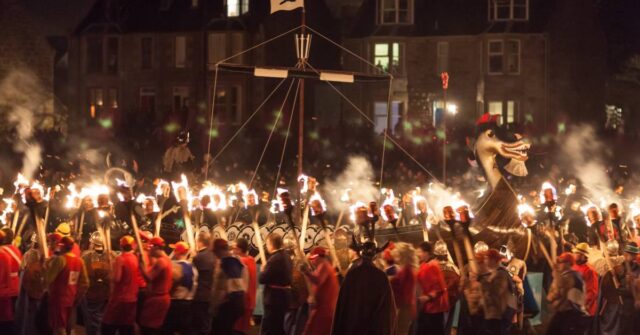

Viking Battles and Combat Displays
Witnessing a Viking battle reenactment is a thrilling experience. Skilled performers demonstrate combat techniques using swords, axes, and shields, providing an exciting glimpse into Viking warfare.
These displays are both educational and entertaining, showcasing the bravery and skill of Viking warriors.
Daily Life Demonstrations
In addition to battles, many festivals feature demonstrations of daily Viking life.
You can watch artisans practice traditional crafts, learn about Viking cooking methods, and see how everyday tasks were performed.
These demonstrations offer a deeper understanding of the Vikings’ way of life.
Traditional Viking Crafts and Market Stalls
Market stalls are a staple of Viking festivals, offering a range of handmade goods. These stalls provide an opportunity to purchase unique items and learn about traditional Viking craftsmanship.
Handmade Goods and Artifacts
Stalls at Viking festivals often sell jewelry, leather goods, and weaponry, all crafted using traditional methods. These items make great souvenirs and provide a tangible connection to Viking culture.
Craft Workshops and Demonstrations
Many festivals offer workshops where visitors can try their hand at Viking crafts. Learn skills like blacksmithing, wood carving, and weaving from experienced artisans.
These hands-on activities are a fun way to engage with history.
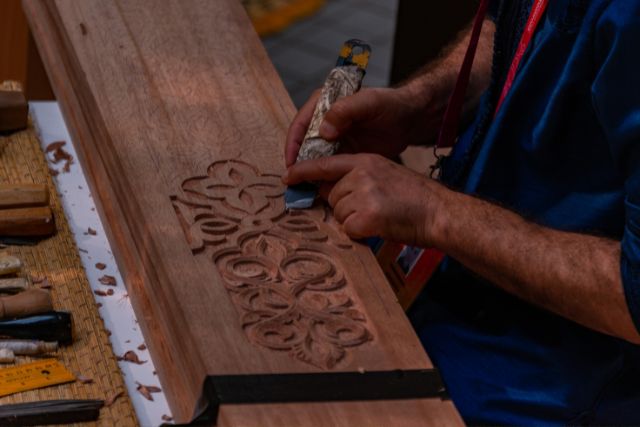

Viking Cuisine and Feasting
Food is a big part of the Viking festival experience. Traditional Viking dishes are served at feasts and food stalls, offering a taste of the past.
Popular Viking Dishes
Sample dishes like smoked salmon, lamb stew, and flatbread, all prepared using historical recipes. Mead, a fermented honey drink, is a popular beverage choice, often enjoyed alongside the feast.
The Viking Kidnapping Dining Experience
Some festivals feature unique dining experiences, such as the Viking Kidnapping event at the Iceland Viking Festival.
Participants are “kidnapped” and taken to a feast, where they enjoy traditional food and entertainment in a lively, immersive setting.
Music, Dance, and Storytelling
Music and storytelling are integral parts of Viking culture, and festivals often feature live performances and dramatic retellings of Norse myths.
Traditional Viking Music Performances
Bands dressed in period attire play traditional instruments, creating an authentic atmosphere. The music ranges from haunting melodies to lively dance tunes, reflecting the diverse aspects of Viking life.
Storytelling Sessions and Theatrical Performances
Storytellers and actors bring Viking myths and sagas to life through dramatic performances.
These sessions are both entertaining and educational, providing insight into the beliefs and values of the Viking people.


Family-Friendly Activities
Viking festivals are designed to be fun for all ages, with a variety of activities specifically for children and families.
Interactive Workshops for Children
Children can participate in workshops where they learn about Viking history and culture through hands-on activities.
These workshops might include making Viking crafts, trying on costumes, or learning simple combat techniques with wooden swords.
Viking Games and Competitions
Festivals often feature games and competitions that are fun for the whole family. These might include tug-of-war, archery contests, and other traditional Viking games.
Participating in these activities is a great way to engage with the festival and enjoy some friendly competition.
Puppet Shows and Storytelling for Kids
Puppet shows and storytelling sessions tailored for children are a staple at many Viking festivals.
These performances are designed to be entertaining and educational, sparking kids’ interest in history and mythology.
Immersive Experiences
For those looking to fully immerse themselves in the Viking experience, many festivals offer unique activities that go beyond the usual displays and performances.
Exploring the Viking Village
Many festivals recreate a Viking village, complete with longhouses, workshops, and market stalls. Walking through these villages provides a sense of what life was like during the Viking Age.
You can interact with reenactors and participate in activities that were part of daily life for the Vikings.
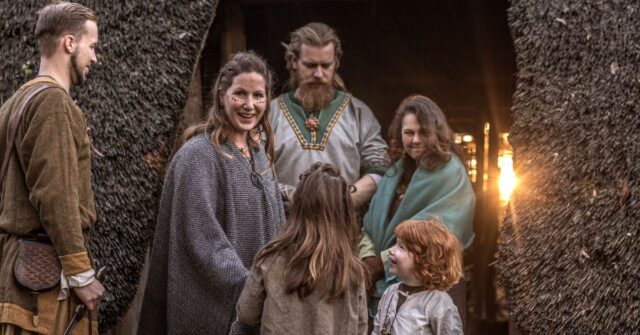

Participating in Viking Rituals and Traditions
Some festivals include reenactments of Viking rituals and ceremonies, such as the blot, a ritual sacrifice to the Norse gods.
These events offer a glimpse into the spiritual life of the Vikings and are a unique part of the festival experience.
The Grand Viking Parade
The grand parade is often a highlight of Viking festivals. Participants dressed in full Viking attire march through the festival grounds, creating a lively and festive atmosphere.
Joining the parade is a fun way to feel like a part of the Viking community.
Post-Festival Exploration
Even after the festival ends, there are many ways to continue exploring Viking history and culture. Many festival locations have rich historical sites and attractions worth visiting.
Visiting Viking Heritage Sites
If you’re attending a festival in a historically significant area, take the time to visit local Viking heritage sites.
Museums, archaeological sites, and historical landmarks can provide a deeper understanding of the Viking era.
The Jorvik Viking Centre in York, England, is a great example, offering an immersive experience with reconstructed Viking streets and interactive displays.
Similarly, the Iceland Viking Village offers insights into the lives of Scandinavian settlers through various exhibits and reenactments.
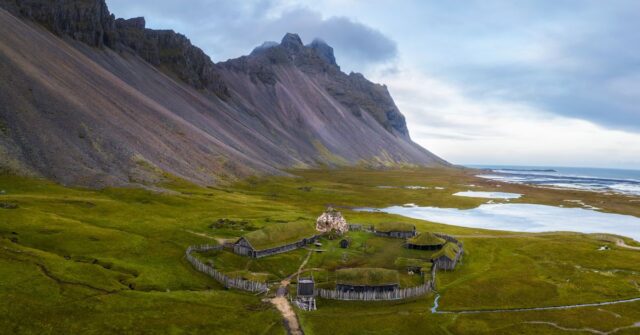

Additional Cultural Attractions
Beyond the Viking-themed attractions, many festival locations boast other cultural sites worth exploring.
For instance, in York, you can visit the iconic York Minster or the Shambles, a historic street with charming shops and eateries.
In Iceland, exploring the stunning landscapes, including waterfalls and geysers, can complement your Viking festival experience.
Engaging with local culture and history enhances the overall trip, providing a well-rounded experience of the region.
Conclusion
Attending a Viking festival is more than just a step back in time; it’s an engaging and educational experience that brings the past to life.
From historical reenactments and traditional crafts to family-friendly activities and immersive experiences, Viking festivals offer something for everyone.
Whether you’re dressing up in Viking attire, participating in a grand parade, or simply enjoying a traditional feast, these festivals create lasting memories and a deeper appreciation for Viking culture.
Recap of the Viking Festival Experience
Viking festivals provide a unique blend of entertainment and education. You can expect to see authentic battle reenactments, explore traditional crafts, and indulge in Viking cuisine.
These events are designed to be inclusive, offering activities and attractions for all ages.
The combination of historical accuracy and engaging activities makes Viking festivals a must-visit for history enthusiasts and curious adventurers alike.
Looking Forward to Your Viking Adventure
With this guide, you’re now equipped to embark on your Viking festival adventure.
Embrace the chance to step into the shoes of a Viking, learn about their rich history, and participate in the vibrant culture that shaped much of Northern Europe.
As you plan your visit, remember that each festival offers a unique experience, reflecting the local history and traditions of the Viking era.
Prepare for an unforgettable journey into the past, and get ready to celebrate like a true Viking.

